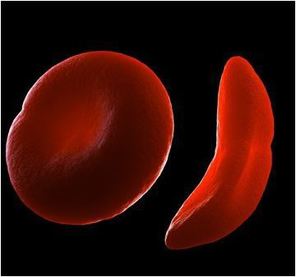|
Friday Facts is moving to the GovDelivery e-newsletter system which will require everyone interested in receiving the Friday Facts to subscribe.
If you would like to receive the ISL Friday Facts e-newsletter on an ongoing basis, click here, and enter your email address to subscribe. You can also unsubscribe or subscribe to other Indiana State newsletters through this link.
We will no longer be sending the newsletter out via distribution lists beginning with the September 19, 2014 edition. This is in an effort to provide a quality publication that is of use and interest to all recipients.
The federal government is often referred to as, “Uncle Sam.” However, not many people know why, or from where this nickname stems.
During the War of 1812, a meat-packer from Troy, NY named Samuel Wilson supplied the U.S. Army with barrels of beef. Wilson was known around town as “Uncle Sam” and when he labeled the barrels with “U.S.” the soldiers assumed that’s what the initials stood for. It actually meant “United States,” and the ideas combined where Uncle Sam stood for the United States of America. A newspaper picked up on the story, and as word traveled, the term “Uncle Sam” eventually became synonymous with the federal government.
Decades later, a political cartoonist popularized the image of Uncle Sam— with the white beard, stars and stripes suit, and top hat. The same cartoonist, Thomas Nast (who was German) also created the modern image of Santa Claus, as well as the Democratic donkey and Republican elephant.
During WWI, the Uncle Sam image was greatly popularized when it was used with the slogan “I want you for the U.S. Army” for recruitment purposes. With over four million copies printed, this effort has been called the “most famous poster in the world.” Uncle Sam was officially adopted as a national symbol of the U.S. in 1950.
Troy, NY now calls itself, “The Home of Uncle Sam.”
This information is brought to you as a courtesy of the U.S. General Services Administration (GSA) via the USA.gov blog.
 |
Sickle Cell Disease (SCD) is a condition that affects people all around the world. This month is dedicated to the awareness of the disease so people help spread the word about the disease and help find a cure. Sickle Cell Disease affects people of many racial and ethnic groups. According to the Centers for Disease Control and Prevention statistics, there are 90,000 to 100,000 people, mainly Blacks or African Americans in the United States, who have SCD. SCD occurs among 1 of every 500 Black or African-American births and among about 1 out of every 36,000 Hispanic-American births. Other ethnic groups affected are Mediterranean, Middle Eastern, and Asian. In addition, more than 2 million people carry the sickle cell gene that allows them to pass the disease on to their children.
Sickle Cell Disease is named because red blood cells become hard and sticky and look like a C-shaped farm tool called a “sickle”. The sickle-shaped cells die early, which causes a constant shortage of red blood cells. When a person doesn’t have enough red blood cells, they have a condition called anemia. When these misshaped blood cells travel through small blood vessels, they can get stuck and clog the blood flow. Whenever this happens, it results in severe pain and organ damage and can cause serious infections.
While this does sound scary, people with SCD can live productive lives and enjoy normal activities. There are a few things people with SCD can do to stay as healthy as possible:
• Get regular checkups
• Prevent infections
• Learn healthy habits
• Look for clinical studies
• Get support
You can find these and many more resources on the Sickle Cell Disease Association of America’s (SCDAA) website as well as the Centers for Disease Control and Prevention’s Features page.
|